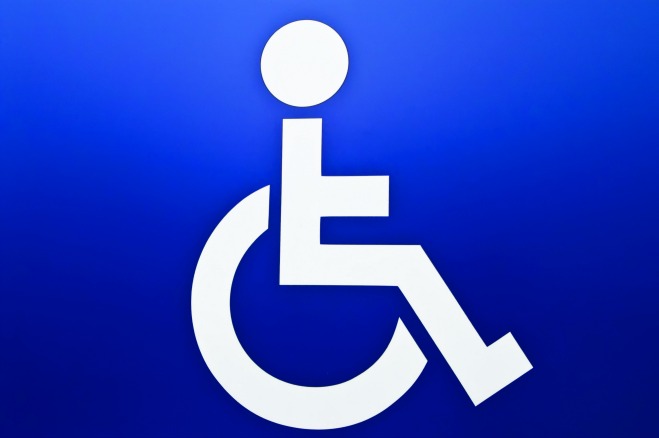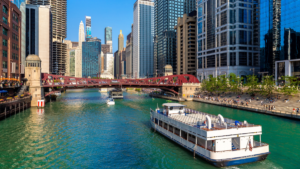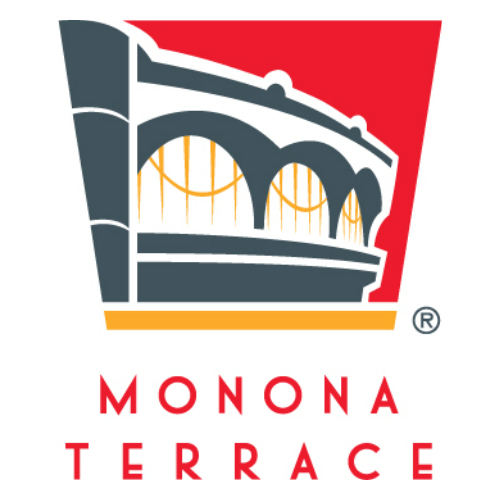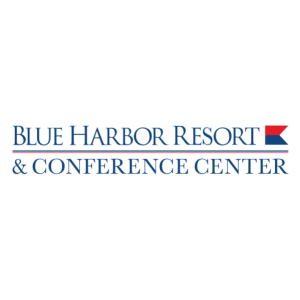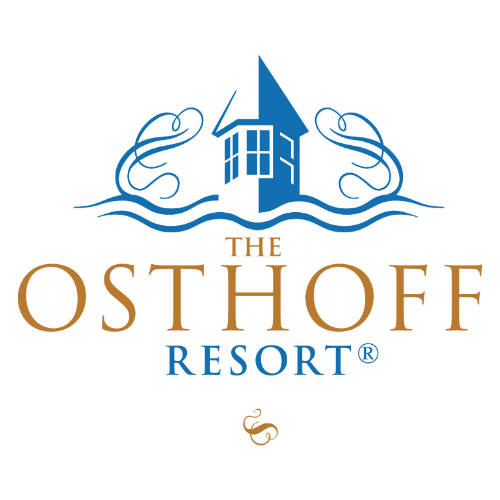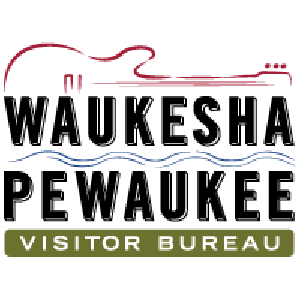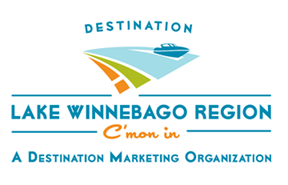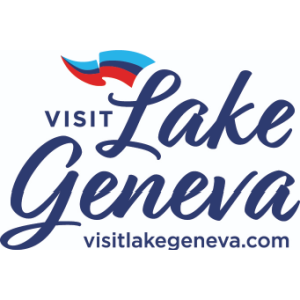What planners need to know about ADA compliance
02/15/2017
By Paul Zukowski
When it comes to the Americans with Disabilities Act (ADA), many of us understand its purpose — of providing accessibility to people with disabilities — but do we fully understand its implementation requirements when it comes to our events?
While you may think that your venue has this covered, you should think again. Meeting planners bear the ultimate responsibility for accommodating the needs of attendees who have disabilities. It behooves them to make sure all their events are ADA compliant. Otherwise you’re asking for headlines like “XYZ Corp. Sued for Discrimination Against the Disabled.” Not good PR! And then there are penalties for noncompliance that can run up to $50,000 for first-time offenders. Suddenly you’re starting to freak out a little.
Take a deep breath. It’s not as hard as you may think to be sure ADA requirements are met. It starts with basic common sense. As the official website [ADA.gov] says, “People attending a meeting are concerned about where to find parking, the building entrance, the meeting room and restrooms. People with disabilities are no exception.”
WHAT EXACTLY DOES “ACCESSIBLE” MEAN?
Minimum requirements for an accessible event include the following elements: parking; route to the building entrance from accessible parking spaces, drop-off areas and other accessible elements (e.g., route from a bus stop) within the site; building entrance; route to the meeting room; meeting room; and restrooms. From there, you can get specific about a bathroom being within 200 feet of the podium – and you may need to make sure the podium is wheelchair accessible.
SPECIAL NEEDS CALL FOR SPECIAL ATTENTION.
The best way to make sure all needs are being accommodated is to be in touch with every single person with special needs who is attending your event. That’s right – you’ll be calling all of them and asking what their needs are. It may be a food allergy, limited vision or a mobility issue. The key is to document their needs in writing, and then share this information with your venue partners.
Oh and come up with a simple, discreet way for those with special needs to let you know about them. For instance, a box to check on the registration form (or an online button) that says something like “Check here to be contacted about special needs.”
SPECIAL NEEDS CAN INCLUDE:
- ASL interpreter
- Large print
- Braille
- Wheelchair access
- Assistive listening device
- Closed captioned videos
DID I MENTION THE MEETING PLANNER IS LIABLE?
It all comes down to the meeting planner – that’s where the fingers will be pointing. If that’s your job, perhaps it’s time to take a refresher course on ADA requirements. If you supervise a meeting planner, get together at least once a year to review company standards and procedures on ADA compliance. And if you work at a meeting venue, make your ADA compliance clear in your contracts and information.
Creating an accessible environment is a collaborative process. If we can avoid becoming complacent, everyone will feel welcome at your next meeting.
PLANNERS’ ADA CHECKLIST
- Find out a facility’s compliance level.
- Stipulate compliance in the contract.
- Provide equal access to meeting and information.
- Create way to indicate special need on registration form.
- Call attendees to find out what needs are.
- Share information on special needs with facility.
For guidance on “Disability Etiquette” see this well-written booklet by the United Spinal Association.
unitedspinal.org/pdf/disabilityetiquette.pdf

